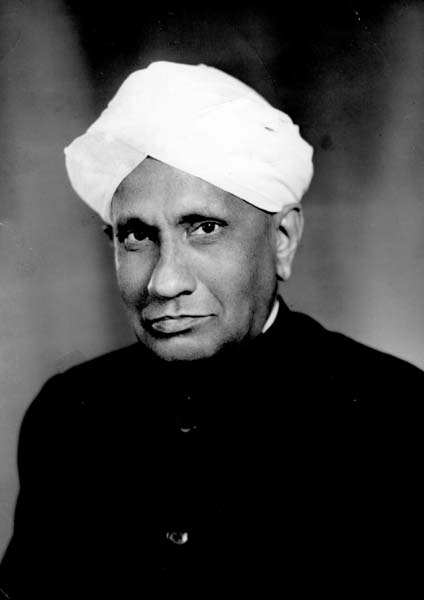Why was Chandrasekhara Venkata Raman Awarded the Noble Prize for Physics in 1930?
Chandrasekhara Venkata Raman: Nobel Laureate for the Raman Effect (1930)
Chandrasekhara Venkata Raman, an Indian physicist, made groundbreaking contributions to the field of light scattering during the early 20th century. Renowned for his discovery of the Raman effect, Raman played a pivotal role in advancing our understanding of the behavior of light and the interaction between light and matter. In recognition of his exceptional research, he was awarded the Nobel Prize for Physics in 1930. This article explores the reasons behind Raman’s prestigious honor and highlights his remarkable scientific breakthroughs.

The Raman Effect and Molecular Scattering of Light:
Chandrasekhara Venkata Raman’s Nobel Prize was primarily awarded for his discovery of the Raman effect, a phenomenon that occurs when light interacts with matter and undergoes a shift in wavelength. In 1928, Raman observed that when monochromatic light is scattered by molecules, a small portion of the scattered light exhibits a wavelength shift.
This discovery revealed the fundamental nature of light-matter interactions and provided insights into the vibrational and rotational energy states of molecules. The Raman effect became a powerful tool for studying the molecular structure and dynamics, enabling scientists to obtain information about chemical bonds and molecular behavior.
Experimental Demonstration and Theoretical Explanation:
Raman’s discovery of the Raman effect was not only experimental but also accompanied by a theoretical explanation. He proposed that the wavelength shift observed in scattered light was due to the exchange of energy between light and molecules, resulting in changes in the molecular vibrational or rotational states.
Raman’s theoretical framework, combined with his meticulous experimental work, laid the foundation for the understanding and interpretation of the Raman effect. His studies opened up new avenues for investigating molecular structures and interactions, providing a deeper understanding of the behavior of matter at the atomic and molecular levels.
Impact on Spectroscopy and Molecular Physics:
The discovery of the Raman effect had profound implications for the field of spectroscopy and molecular physics. Raman spectroscopy, based on the Raman effect, became a powerful analytical technique for identifying and characterizing molecules. It allowed scientists to probe the vibrational and rotational energy levels of molecules, providing insights into their chemical composition and structural properties.
Raman spectroscopy found applications in various scientific disciplines, including chemistry, materials science, and biomedical research. It became an invaluable tool for studying molecular structures, identifying unknown substances, and investigating chemical reactions. Raman’s discovery revolutionized spectroscopic techniques, offering a non-destructive and highly sensitive method for analyzing materials.
Recognition and Legacy:
Chandrasekhara Venkata Raman’s Nobel Prize for Physics in 1930 celebrated his exceptional scientific achievements and the transformative impact of his discovery of the Raman effect. His groundbreaking work revolutionized our understanding of light-matter interactions and opened up new avenues for the study of molecular structure and dynamics.
Raman’s contributions continue to shape various scientific fields, from spectroscopy and molecular physics to material science and biomedical research. Raman spectroscopy remains a fundamental technique for analyzing and characterizing a wide range of materials, impacting diverse areas of scientific and technological advancements.
Chandrasekhara Venkata Raman’s Nobel Prize for Physics in 1930 celebrated his groundbreaking discovery of the Raman effect and its profound impact on the field of light scattering and molecular physics. His experimental observations and theoretical explanations deepened our understanding of the interactions between light and matter, providing a powerful tool for investigating molecular structures and dynamics. Raman’s legacy serves as a testament to the transformative power of scientific curiosity and innovative research in advancing our knowledge of the natural world.




